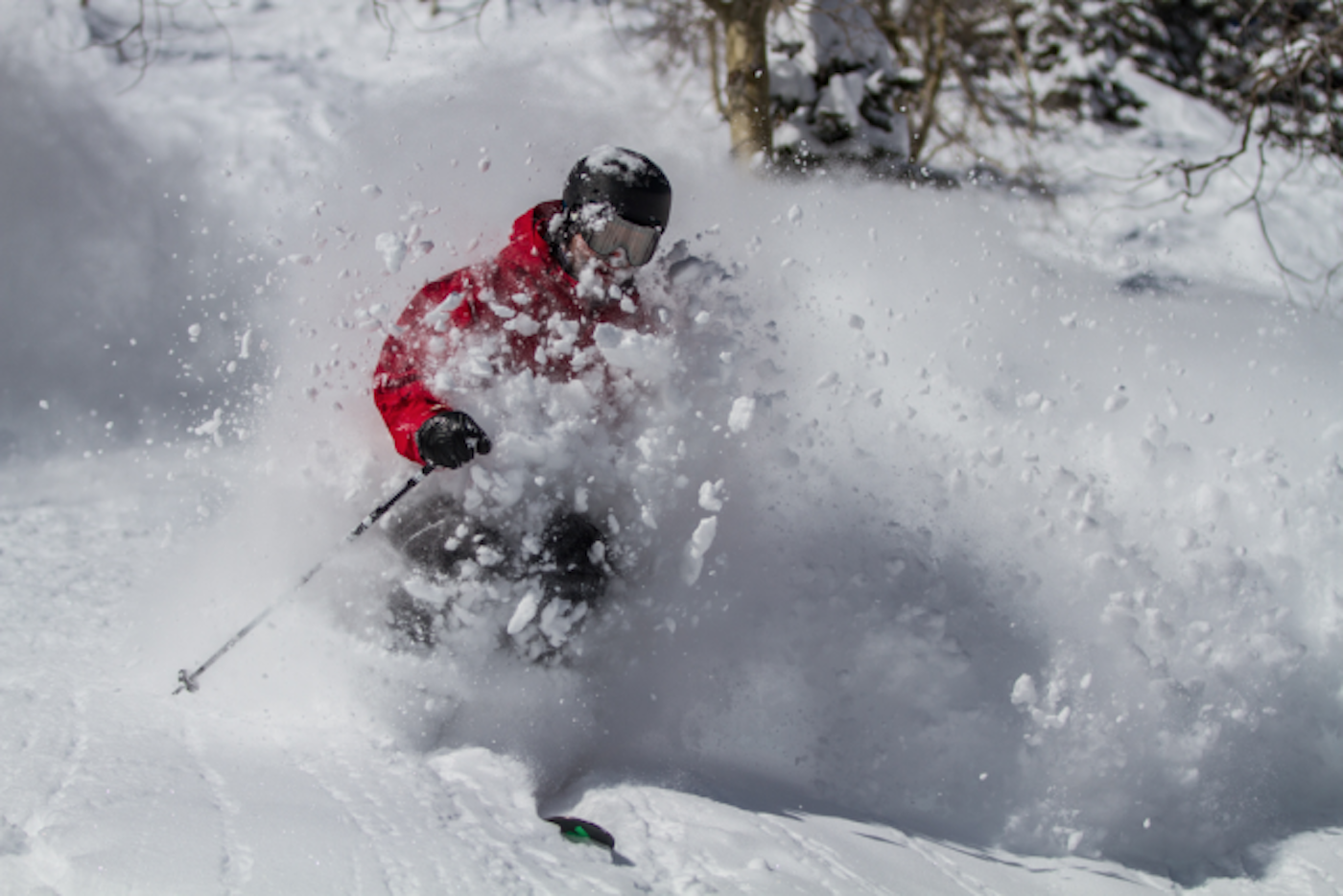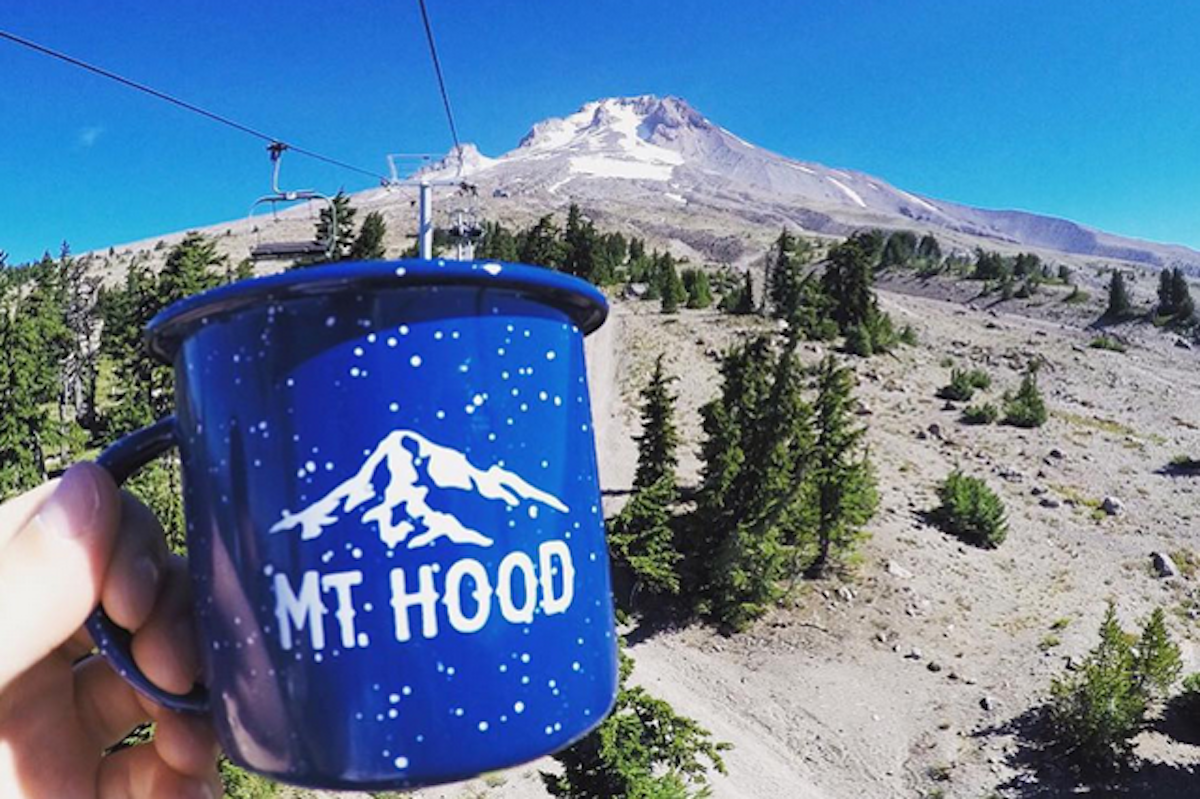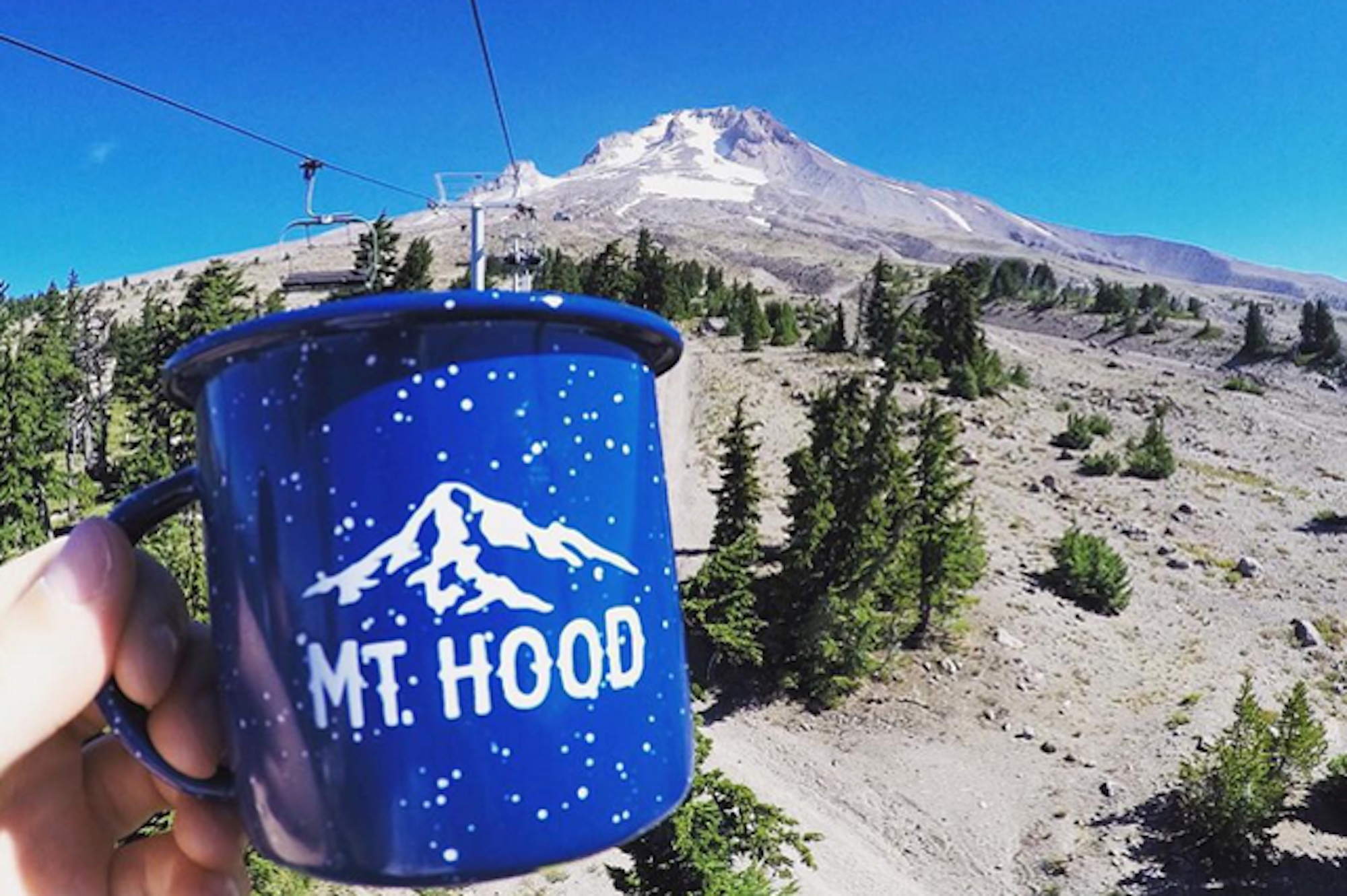Climate change: a two-word phrase that causes the hair to stand up on the necks of most (read: all) passionate skiers throughout the world. The implications of the phrase could be devastating to the sport we cherish above all else. With notably subpar winters at Lake Tahoe resorts, as well as those up the road in the Pacific Northwest over the past few years—two regions historically known for massive annual snowfall totals—the climate change debate has been raging throughout the skiing world as hard as the wildfires currently ripping through California and Washington. And that’s just the tip of the proverbial, melting iceberg.
Ski areas across the West received below average snowfall this past season and, in turn, national skier visits fell 5 percent from 2013-14, and 3.8 percent from the five-season average.
Mt. Baker Ski Area and Alyeska Resort, the two ski areas with the highest annual average snowfall in the United States at 641 and 650 inches respectively, both fell markedly short of those averages. Alyeska received 211 inches while Baker managed only 124 inches before closing on March 9. Even in Utah, at Snowbird, a resort that averages over 500 inches of average annual snowfall, only 327 inches fell in 2014-15.
More recently, Whistler Blackcomb announced plans to install a snowmaking system on Horstman Glacier to increase base depth for early season and summer skiing. Earlier this month, the Palmer Snowfield on Mount Hood was forced to cease summer operations on August 2, over a month earlier than its usual Labor Day closing. Bottom line: Less snow equals less business for ski resorts. It’s a no-brainer.
The United States has taken a step towards thwarting the effects on climate change with Monday’s (August 3, 2015) passing of the Clean Power Plan. The plan—announced by President Obama and the Environmental Protection Agency—puts carbon emissions standards in place across the entire country. It’s a three-tiered plan that, in short, establishes national standards that will limit the amount of carbon pollution power plants can produce. Until now, power plants have been permitted to release as much carbon pollution as desired. States will have the freedom to develop unique plans to meet these carbon emission reductions, with the goal being to decrease CO2 emissions by 32 percent by 2030, based on 2005 levels.
The plan, in theory, will result in numerous beneficial effects—increased air quality, job creation, driven investment in clean energy solutions, etc.—but selfishly, for skiers, it will help preserve the mountain landscapes we frequent and help revive the diminishing snow totals we’ve unfortunately grown accustomed to. And while the CPP has received support from the ski community, there’s still opposition to it, notably from Utah Governor Gary Herbert, who sits at the helm of the state with the self-proclaimed “Greatest Snow on Earth.” Herbert has urged the plan to be abandoned for fear of higher energy prices and a viewpoint that it gives too much power to the Environmental Protection Agency, among other reasons.
On the other hand, as expected, following the announcement of the Clean Power Plan, pro skiers took to their social feeds to show support. Brody Leven wrote on Instagram, “[It’s] progressive and exciting for the future of skiing, which is hugely threatened by climate change, the Plan’s target … I support this plan, but that doesn’t matter. What matters is that you act now to preserve the future of snow sports.”
Caroline Gleich also voiced her opinion. “Protecting the environment is hugely important to me,” she said. “I’ve seen, firsthand, the effects of climate change on glaciers worldwide and on our winters here in Utah. But the battle isn’t just to preserve our way of life as skiers and snowboarders and mountaineers, it’s about human health, cleaning up our air quality and creating a future we want to live in!”
Chris Davenport took to Instagram, noting, “Thanks to the president’s #CleanPowerPlan, we’ll be able to have many more days like this one we enjoyed at the top of #JaggedPeak with the #CentennialSkiers in Colorado … The plan to reduce greenhouse gas emissions is crucial to fighting climate change.”
In the end, the preservation of the wild playgrounds we love relies on taking better care of our natural lands, plain and simple. And while the United States takes measures to cut carbon emissions, other countries around the world—selfishly, ones where ski tourism stands tall—should also take the hint. Skiing isn’t just an American activity, it’s a worldly one. And the end goal isn’t about winning an argument or boosting egos, it’s about regaining days like the one below, because those are the ones that will be remembered.


Note: All 2014-15 snowfall totals taken from OnTheSnow.com.
Related: Whistler battles climate change with high alpine snow guns



![[GIVEAWAY] Win a Head-to-Toe Ski Setup from IFSA](https://www.datocms-assets.com/163516/1765920344-ifsa.jpg?w=200&h=200&fit=crop)


![[GIVEAWAY] Win a Legendary Ski Trip with Icelantic's Road to the Rocks](https://www.datocms-assets.com/163516/1765233064-r2r26_freeskier_leaderboard1.jpg?auto=format&w=400&h=300&fit=crop&crop=faces,entropy)




![[GIVEAWAY] Win a Head-to-Toe Ski Setup from IFSA](https://www.datocms-assets.com/163516/1765920344-ifsa.jpg?auto=format&w=400&h=300&fit=crop&crop=faces,entropy)


